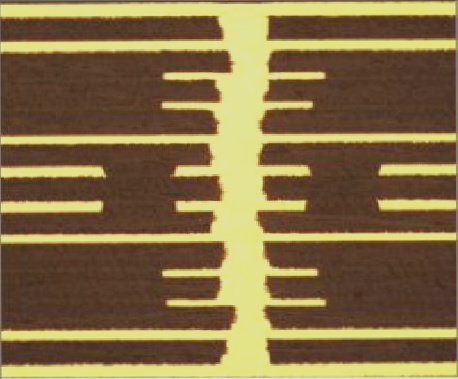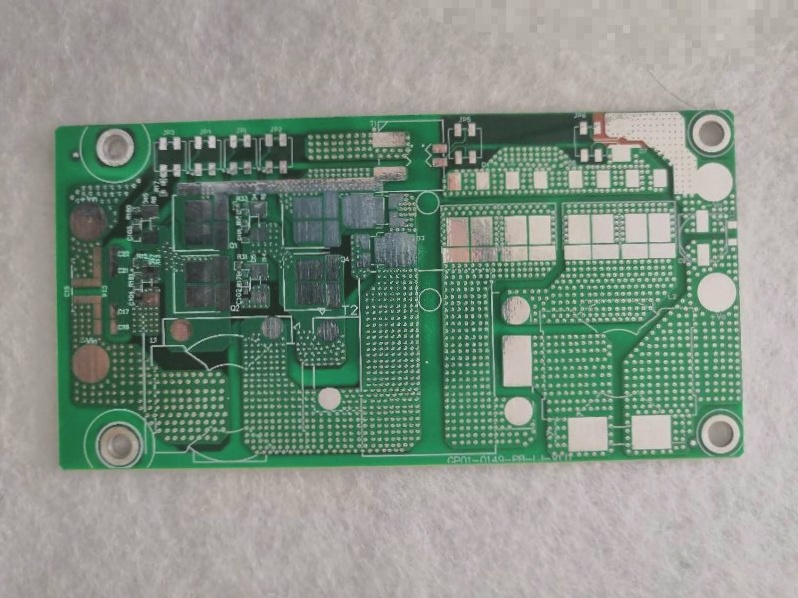PCB (Printed Circuit Board)
PCB, also known as a printed circuit board, is a crucial electronic component that serves as a platform for electronic components and provides electrical connections between them. Since the early days of connecting carbon and silicon chips to create functional electronic products, PCBs have been the backbone of the electronics industry. As the field evolved from manual drawing to sophisticated PCB design, advancements such as larger component libraries and more powerful automated layout and routing functions have made it increasingly easier for engineers to design circuit boards.

Latest in PCB Design
- Advanced PCB Design Tools: Modern PCB design tools now offer comprehensive solutions that integrate schematic design, PCB layout, circuit simulation, CAM engineering software, and copy board software into one package.
- Altium Protel Series: Altium Protel is a widely recognized PCB design software known for its market share and popularity. It has evolved over the years to meet the changing needs of engineers.
- Software Evolution: From its initial release in 1985 to the latest version, Altium Designer 10, the software has continuously improved, introducing new features and capabilities for PCB design.
- Legacy of Protel 99 SE: Protel 99 SE continues to be a preferred choice for many engineers due to its integrated design environment and advanced features such as 3D PCB visualization and Altium Vaults for data management.
- Challenges and Criticisms: While Altium Protel remains a powerful tool, some engineers have raised concerns about its resource consumption, system requirements, and limited suitability for certain design aspects. However, it remains a versatile option for both individuals and businesses.




